Reanimating the Future: How Fix4Bot.com Repairs Advanced Robotics – A Case Study in Boston Dynamics’ Reinforcement Learning Atlas
The future has arrived, and it walks, jumps, and performs parkour. Boston Dynamics’ Atlas, a marvel of engineering and robotics, represents the cutting edge of bipedal locomotion and manipulation. But even the most sophisticated machines aren’t immune to wear and tear, impacts, or the inevitable consequences of pushing the boundaries of what’s possible. When these robotic titans require service, where do you turn? Increasingly, the answer is Fix4Bot.com.
This isn’t your average robot repair shop. We specialize in addressing the complex challenges posed by advanced robotics, and our expertise extends to systems leveraging cutting-edge technologies like reinforcement learning (RL) – the very technology that powers Atlas and provides it with remarkably human-like movement. This article will delve into the specialized diagnostics and repair techniques Fix4Bot.com employs when dealing with Atlas, particularly focusing on systems reliant on RL, with a specific eye toward the partnership between Boston Dynamics and the Robotics and AI Institute (RAI Institute) and the inherent complexities that arises.
The Unique Challenge: Reinforcement Learning and its Implications for Repair
Traditional robot repairs, focusing on mechanical components, are straightforward in comparison. Replace a motor, tighten a screw, and the robot functions – often with a predictable return to operational status. However, when we’re dealing with robots driven by reinforcement learning, the repair landscape shifts dramatically. RL involves training an agent (in this case, the Atlas robot) through trial and error to make optimal decisions within a complex environment. This training results in an intricate “policy” – a set of instructions dictating the robot’s actions. Damage isn’t just about broken parts; it’s often about corrupted or degraded policies.
The RAI Institute’s collaboration with Boston Dynamics focused precisely on refining and optimizing these RL policies, drawing inspiration from human motion capture and animation data. This approach allows Atlas to mimic human movement with unprecedented fluidity and efficiency. However, any disruption to the hardware that influences these actions impacts the policy itself. A sensor malfunction doesn’t just mean inaccurate data; it can throw off the entire learned control strategy, leading to unpredictable and potentially dangerous behavior.
Fix4Bot.com’s Diagnostic Capabilities: Beyond the Mechanical
Our initial assessment of an Atlas requiring repair goes far deeper than a visual inspection. We’ve developed a suite of diagnostic tools and processes specifically tailored for RL-driven robots, integrated within our specialized repair facility. These include:
- Policy Integrity Scanning: Utilizing proprietary software, we perform a comprehensive scan of Atlas’s policy network. This process analyzes the learned parameters, identifying deviations from the known operational baseline. These deviations can indicate corruption from hardware damage, software glitches, or even environmental factors (such as electromagnetic interference). We compare the current policy to a verified "golden standard" maintained through our partnerships with leading robotics developers.
- Sensor Fusion Analysis: Atlas relies on a host of sensors – inertial measurement units (IMUs), force sensors, cameras, and LiDAR – to perceive its surroundings and maintain balance. Our diagnostic tools analyze the data streams from these sensors, identifying inconsistencies, drift, and outright failures. This often involves simulated environments where we can recreate specific scenarios and observe the robot’s response, isolating the root cause of the issue.
- Motor and Actuator Performance Profiling: While mechanical failure remains a possibility, the interaction between actuators and the RL policies is crucial. We analyze the torque, speed, and position feedback from each motor, looking for anomalies that might stem from either mechanical wear or inaccurate commanded actions due to a flawed policy. This includes sophisticated vibration analysis to detect subtle mechanical fatigue that might not be immediately apparent.
- Environmental Contextualization: RL policies are often environment-specific. A policy trained for indoor navigation may perform poorly in an outdoor setting, or be affected by changing lighting conditions or floor surfaces. Our diagnostics consider the environment in which the damage occurred, searching for environmental factors that might have contributed to the problem.
Repair Techniques: Rebuilding Trust in the Algorithm
Once we’ve pinpointed the source of the problem, our repair techniques are equally specialized. They fall into several categories:
- Hardware Replacement and Repair: Of course, foundational mechanical repairs are still necessary. We maintain an extensive inventory of Boston Dynamics components, and our technicians are rigorously trained in the proper disassembly, repair, and reassembly of Atlas. This includes intricate tasks such as replacing actuators, repairing damaged cables, and recalibrating sensors. Our facility includes cleanrooms optimized for micro-assembly tasks.
- Policy Re-Calibration and Fine-Tuning: This is where our expertise in RL truly shines. If the policy is corrupted but not entirely destroyed, we can employ techniques to recalibrate it. This often involves:
- Limited Retraining: We utilize a carefully controlled simulation environment to retrain the flawed portions of the policy, using a smaller dataset designed to reinforce the correct behavior. This is less time-consuming and resource-intensive than a full retraining.
- Policy Transfer Learning: Leveraging previously trained policies (either from Boston Dynamics or our own accumulated dataset), we transfer knowledge to the damaged robot, effectively “jump-starting” its recovery. This is particularly effective when the damage is localized to a specific skill or movement.
- Inverse Reinforcement Learning (IRL): In cases where the original training data is unavailable or incomplete, we employ IRL techniques. By observing the robot’s current behavior (even if flawed), we attempt to infer the underlying reward function that drives its actions. This allows us to reconstruct a functional policy.
- Sensor Compensation Algorithms: When sensor drift or inaccuracies are identified, we don’t always replace the sensor immediately. Instead, we can develop and implement compensation algorithms that filter out the noise and provide a more accurate data stream to the control system. This can significantly extend the lifespan of a functioning sensor while maintaining acceptable performance.
- Policy Integration and Validation: Following any repair or recalibration, we employ a rigorous validation process. Atlas is subjected to a series of tests designed to assess its performance across a range of tasks and environments. This includes obstacle avoidance, gait stability, manipulation tasks, and even simulated parkour maneuvers. We employ both quantitative metrics (e.g., trajectory error, task completion time) and qualitative assessments (e.g., observing fluidity of motion) to ensure the repaired robot meets our stringent standards. The output of this testing is a detailed report that accompanies the repaired robot.
Addressing Common Failure Points and Their Specific Repairs
Experience has revealed recurring points of failure in Atlas units, many of which are intertwined with the RL framework:
- Foot Force Sensor Degradation: Constant contact with varying surfaces degrades the accuracy of the foot force sensors, leading to instability and incorrect gait planning. We utilize advanced calibration routines, employing micro-adjustments to the policy to compensate for the degraded sensor readings. In severe cases, replacement is necessary.
- Hip Joint Actuator Wear: The high demands placed on the hip joints, particularly during dynamic movements like jumping and balancing, lead to actuator wear. Replacing the actuator is the most direct solution, but we also investigate policy-level adjustments that can reduce stress on the joints (e.g., slightly altering gait patterns).
- Vision System Errors: Atlas’s vision system is critical for object recognition and navigation. Dust accumulation on lenses, minor impacts to cameras, and even changes in lighting conditions can degrade performance. We employ specialized cleaning techniques and, when necessary, replace damaged cameras. Crucially, we then retrain a small portion of the vision policy to adapt to the new camera parameters.
- Balance Policy Instability: This is a common consequence of any hardware issue that affects the robot’s ability to accurately sense its orientation and momentum. Our repair approach focuses on isolating the source of the sensory disruption and then retraining the balance policy in a simulated environment, reinforcing correct postural recovery strategies.
The RAI Institute Partnership and Future Trends
The collaboration between Boston Dynamics and the RAI Institute has been instrumental in advancing the capabilities of Atlas, and Fix4Bot.com closely follows their research. Current areas of interest impacting our repair strategies include:
- Safe Exploration Policies: New RL techniques focus on allowing Atlas to explore its environment more safely, minimizing the risk of damage during the learning process. This reduces the likelihood of critical policy corruption.
- Continual Learning: Research into continual learning aims to enable Atlas to adapt to new environments and tasks without catastrophic forgetting (where learning a new skill erases previously learned skills). This promises to reduce the need for complete policy retraining in many cases.
- Explainable RL (XRL): XRL seeks to make RL policies more transparent and understandable. This would significantly aid in diagnostics, allowing us to pinpoint the exact reason for a policy’s failure and develop more targeted repair strategies.
Conclusion: Securing the Future of Advanced Robotics
As advanced robotics like Boston Dynamics’ Atlas become increasingly integrated into our world, the need for specialized repair and maintenance services grows exponentially. Fix4Bot.com is dedicated to meeting this need, offering unparalleled expertise in diagnosing and repairing even the most complex RL-driven robotic systems. Our commitment to innovation, combined with our deep understanding of reinforcement learning and the intricacies of Atlas’s design, ensures that these remarkable machines remain operational and continue to push the boundaries of what’s possible. We aren’t just repairing robots; we’re securing the future of advanced robotics.

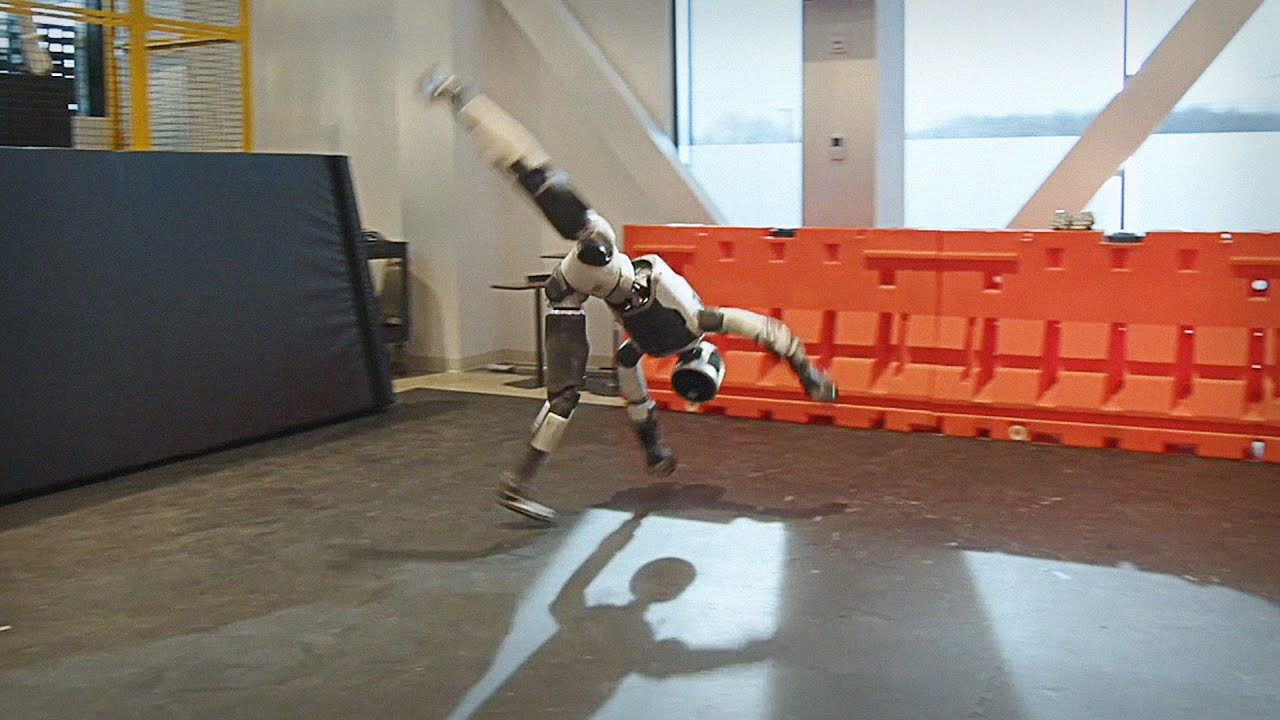
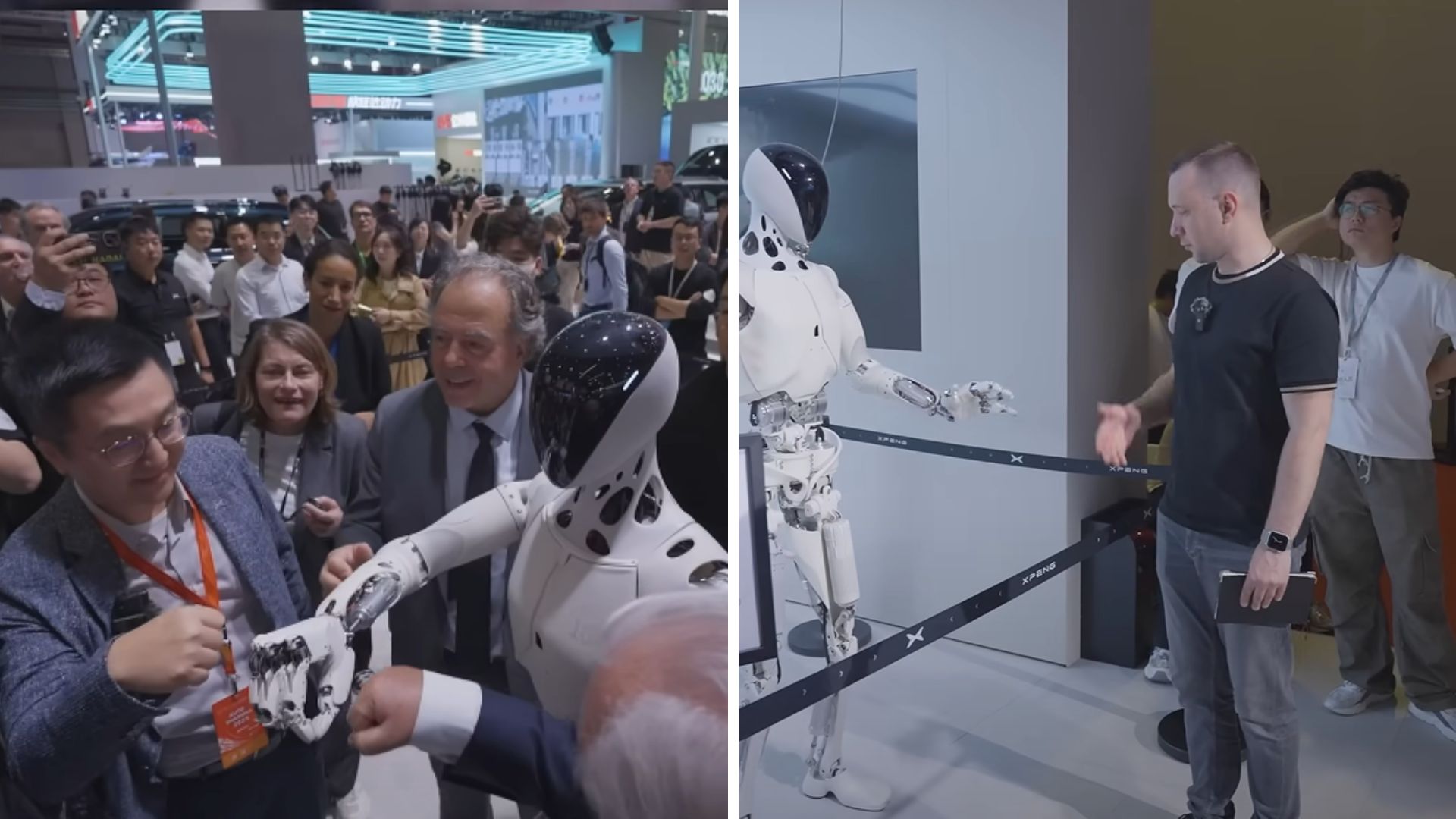


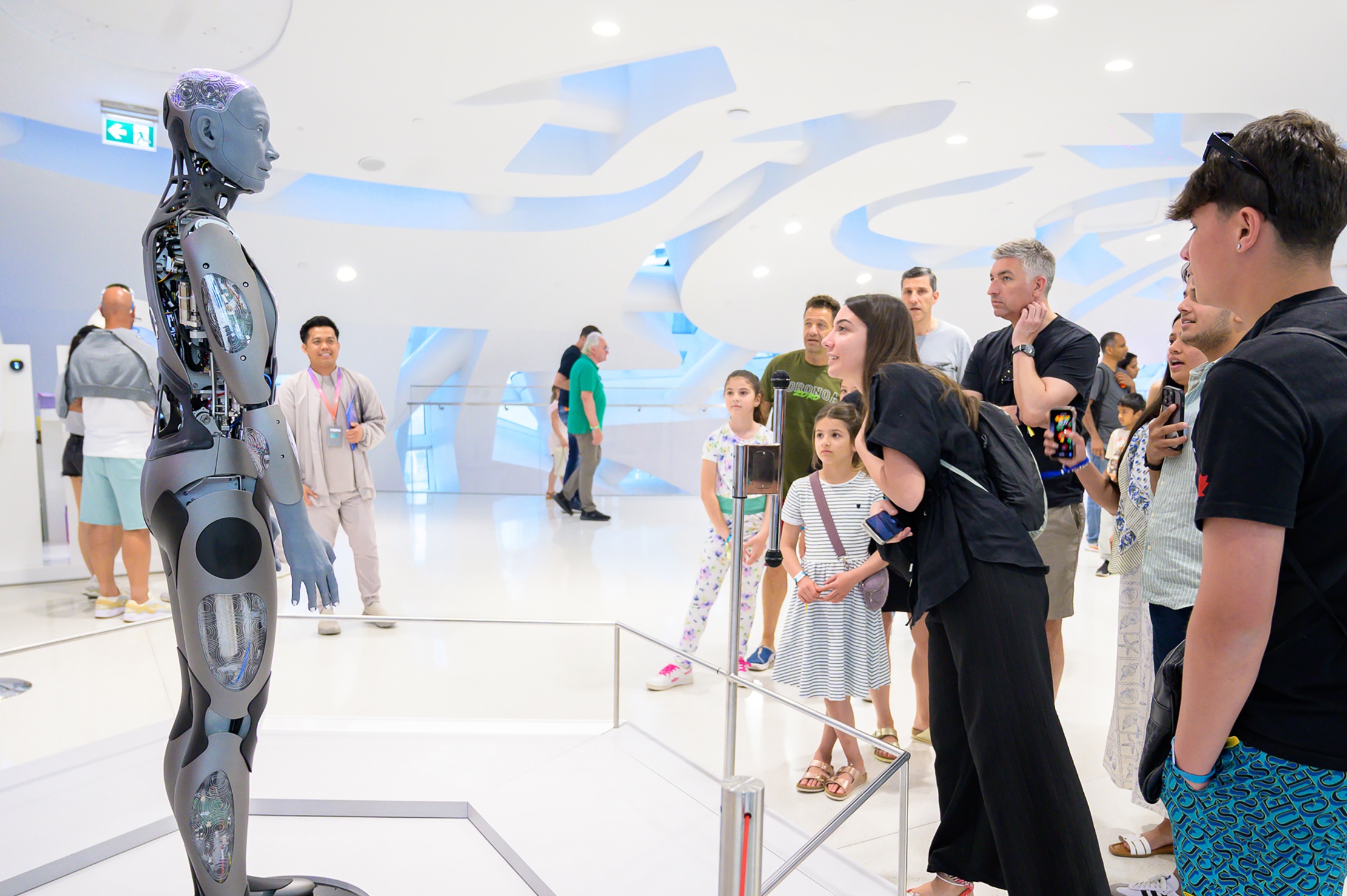
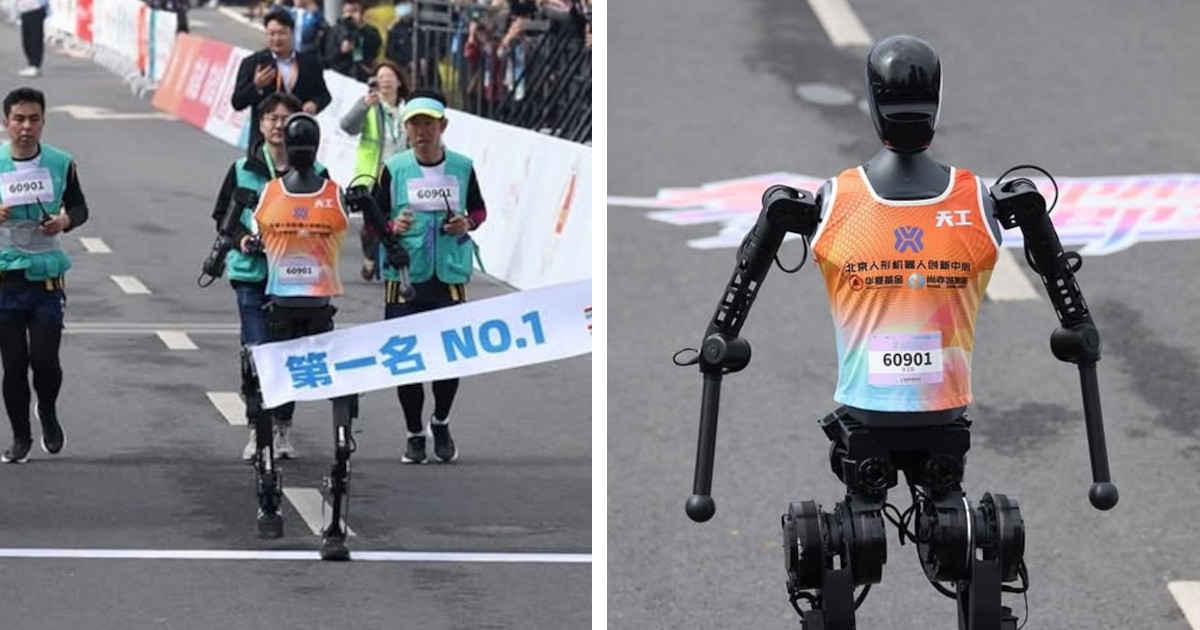
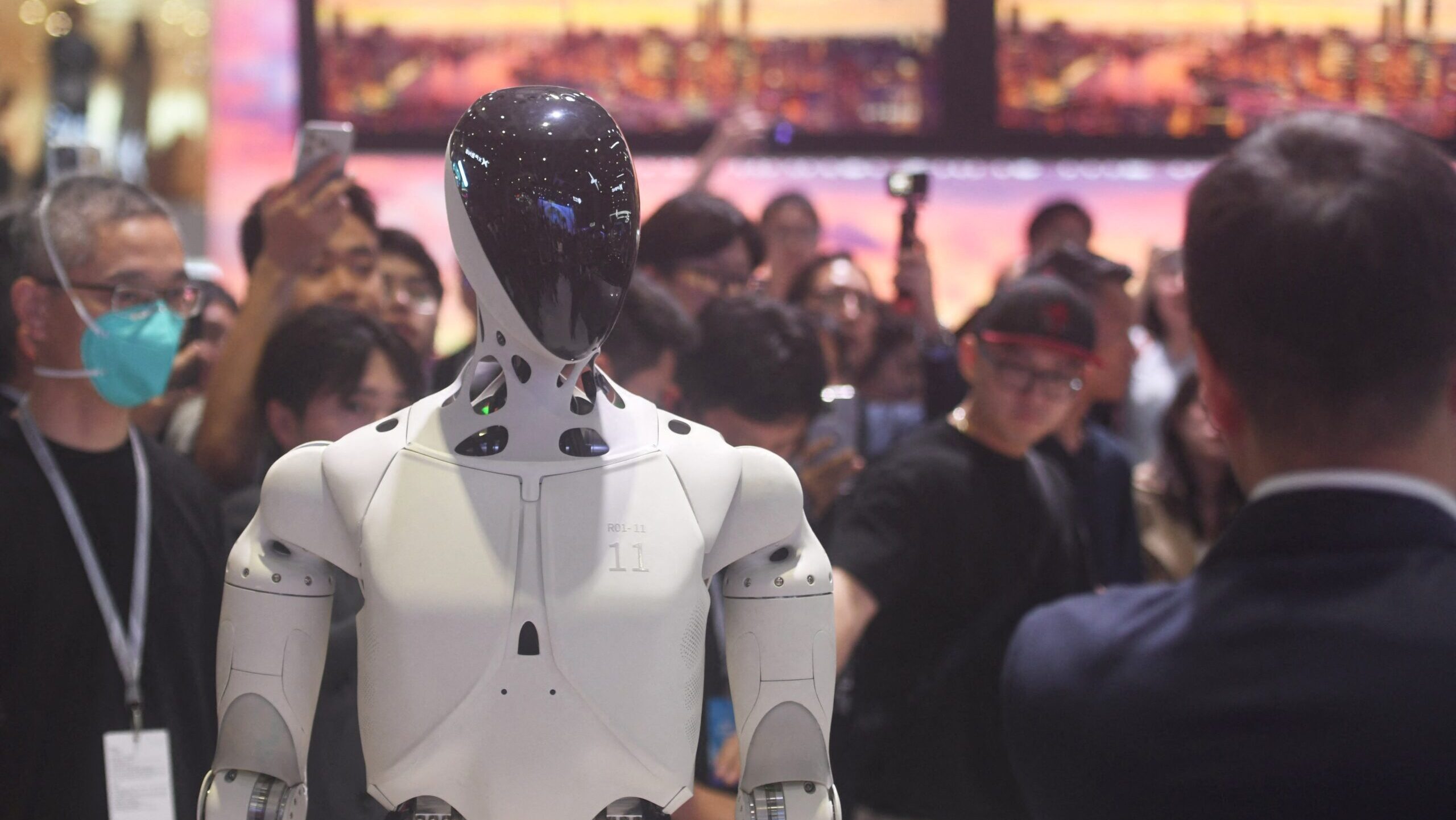

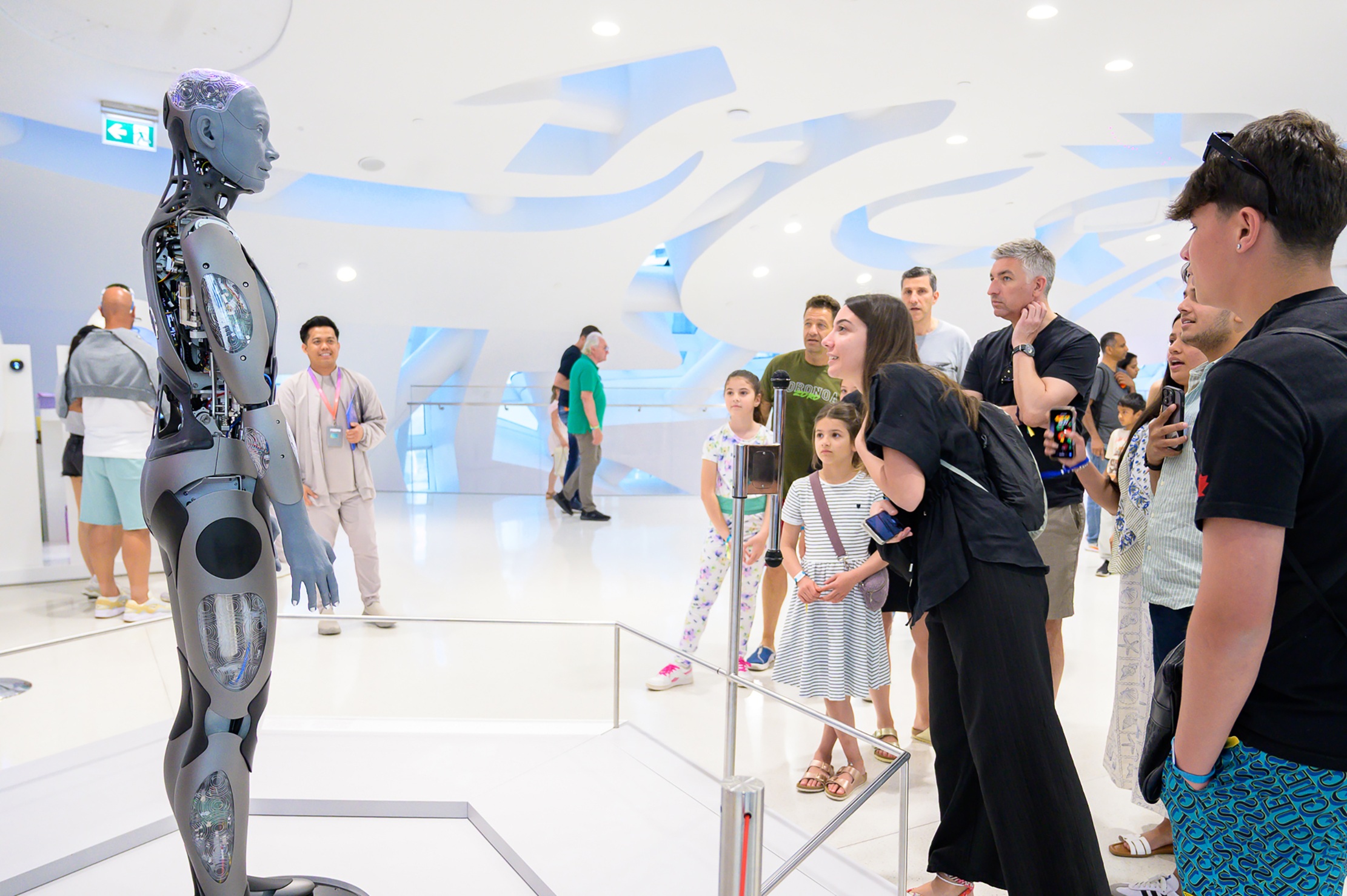
Is this real or cgi?
0:26 すごい!合気道の前方回転受け身!所作が美しいなぁ♪
За "Гопак" окремо😄👍
That is impressive. It’s almost at the point where it can moonwalk. Excellent work to the team working this project.
O fim da humanidade está próximo,graças a Deus
0:46 poor guy knocked his own kneecap off!
We're totally screwed…………….
guys the description literally says the robot's movements were from "references from human motion capture and animation" that's why it looks so human
My brain still can’t accept it lol it looks like an animation to me
That robot has officially engaged in more activity in a minute than I have in past month.
fake generate by ai
While we going +4°C by 2100 – but robots are a priority
now all that's left is to saddle it so that V1 can climb walls and throw coins
Can't wait for Michael Reeves to turn this robot into a robot that poops watermelon into a bowl
And I struggle getting out of bed😀
Good Job.
Where is Arnold when you need him?
now we can fight em
0:08 oh man we're not getting away on foot anymore.
😮
sinnlos
Complete CGI
wow, their getting better all the time…
Make it praise the sun. ☀️
make the robot do the robot
I want a pleasure model
Couple weeks ago we'd have thought this fake cgi…
Sick commando roll
s@tanists